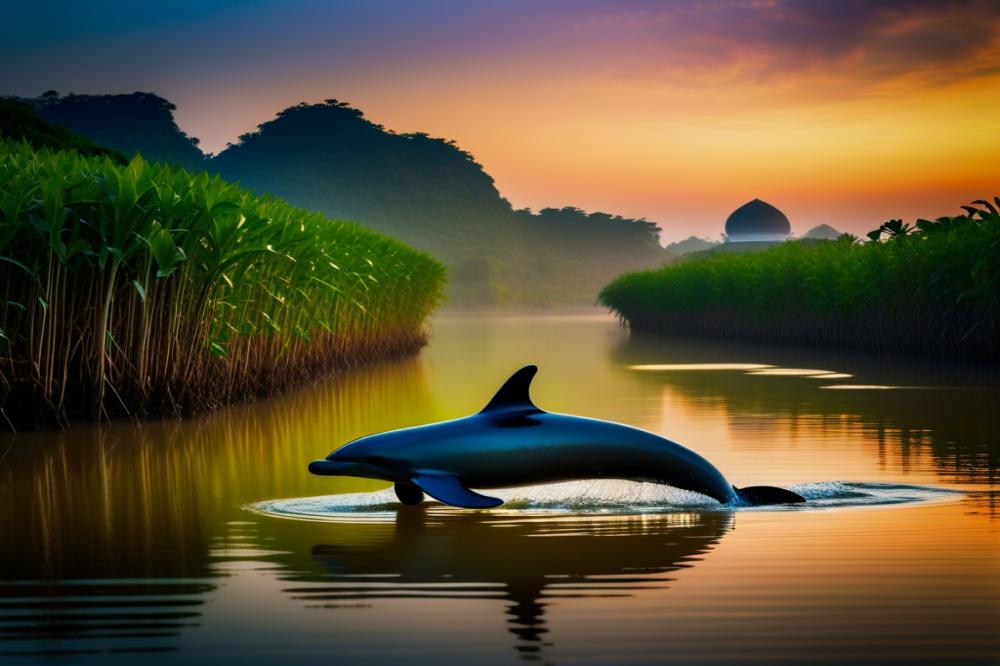Discovering the Rare Irrawaddy Dolphins in the Mekong River
Overview of the Irrawaddy Dolphins
The Irrawaddy Dolphins are a rare species of freshwater dolphins found in the Mekong River. These aquatic mammals possess a distinctive rounded forehead and lack a beak, which makes them stand out from other dolphins. As an endangered species, they face numerous threats, including habitat loss and fishing activities. As they navigate the waters, they play a crucial role in the river’s ecosystem. Their presence indicates a healthy aquatic environment, contributing to the overall biodiversity.
Importance within the Mekong River Ecosystem
In the Mekong River, these dolphins are not merely fascinating creatures; they are integral to the balance of the river’s ecosystem. Through their interactions, they help control fish populations, maintaining a stable food web. The presence of Irrawaddy Dolphins can attract various species, leading to vibrant aquatic communities. Efforts for conservation have been essential in protecting them and their habitats. Maintaining river ecosystems aids in preserving the natural beauty and health of the Mekong Basin.
Connection to Holiday Adventures in Cambodia
Travelers looking for unique experiences often find joy in wildlife tourism. Observing these rare dolphins can be a highlight of a trip to Cambodia. Many eco-tours now focus on responsible wildlife viewing, emphasizing marine conservation. Witnessing Irrawaddy Dolphins in their natural habitat not only creates unforgettable memories but also raises awareness about the need for protection. As tourists engage with the river’s natural wonders, they learn about conservation efforts and the importance of preserving wildlife for future generations. The Mekong River offers a remarkable adventure for those eager to discover the rich life within its waters.
The Irrawaddy Dolphins: An endangered species
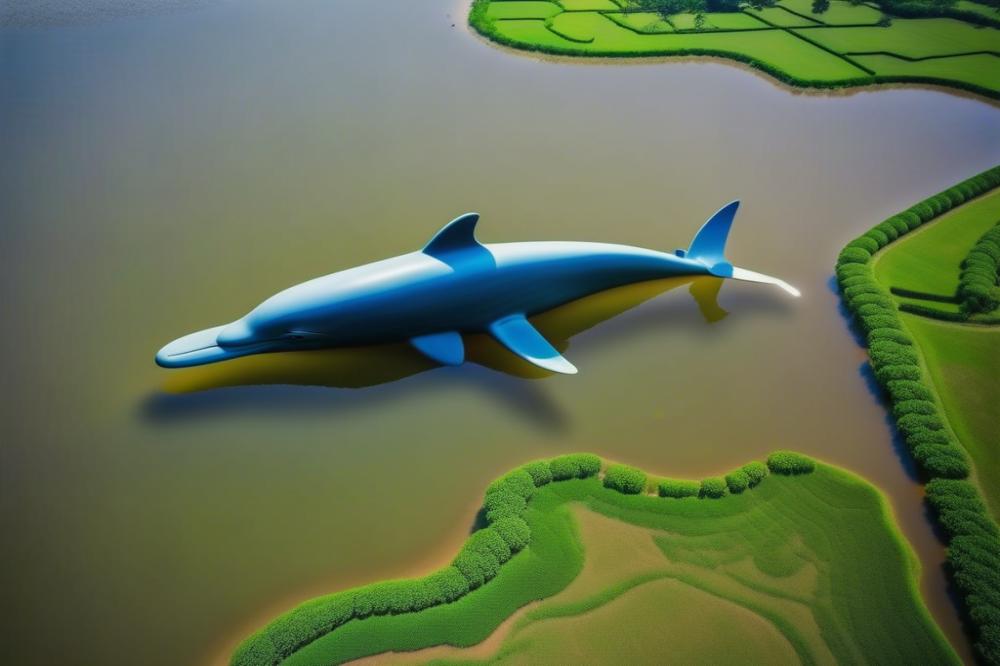
The Irrawaddy dolphin is a rare freshwater dolphin found primarily in the Mekong River and nearby areas. These aquatic mammals are known for their distinctive rounded foreheads and lack of beak, setting them apart from other dolphin species. They inhabit various river ecosystems, displaying unique behavioral characteristics and social structures. Communities of these dolphins often encompass small groups, highlighting their social nature. Their preference for shallow waters makes the Mekong Basin an important habitat for their survival.
Conservation Status and Threats Faced
Currently listed as an endangered species, the Irrawaddy dolphin faces numerous threats in its natural environment. Habitat loss stands out as the most significant issue. Deforestation, riverbank development, and dam construction disrupt the ecosystems they rely on. Pollution poses another challenge, with contaminants affecting water quality and food sources. Fishing practices, including entanglement in nets, also contribute to their declining numbers. Altogether, these factors contribute to decreasing populations, raising alarms among conservationists.
Importance of Protecting this Endangered Species
Protecting the Irrawaddy dolphin is crucial for maintaining biodiversity within the Mekong Basin. These dolphins play an essential role in their ecosystem, influencing fish populations and the overall health of river habitats. Furthermore, their presence supports wildlife tourism, which can benefit local economies. Promoting awareness about their plight can help foster community support for conservation efforts. Marine conservation strategies must prioritize safeguarding these dolphins and their habitats. Their survival is tied to the health of the river, which is vital for many other species as well.
Habitat and Distribution
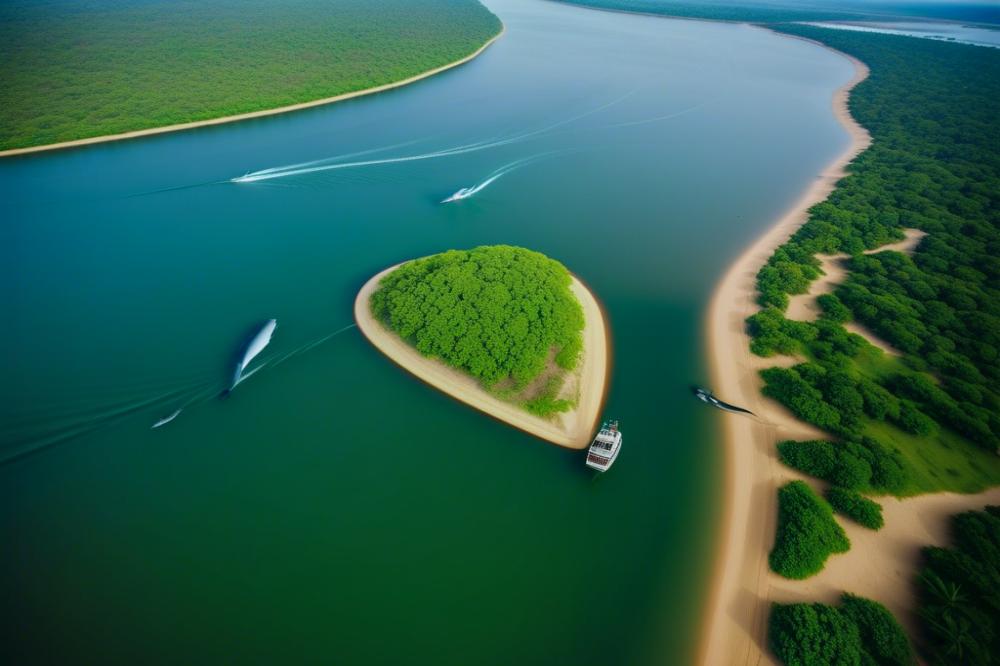
The Mekong River is a vital ecosystem that supports a variety of life. Characterized by its meandering path, it flows through six countries in Southeast Asia. This river’s diverse environments include wide stretches of water, shallow areas, and flooded forests. Such variety creates ideal conditions for many species, making it a rich habitat for aquatic mammals. The Mekong is not just a river; it is a lifeline that sustains biodiversity in the region.
Adaptations of freshwater dolphins to river ecosystems are fascinating. These animals have developed specific traits that help them thrive in freshwater. Their bodies are more rounded than those of ocean dolphins, which aids in navigating narrow, winding waterways. Furthermore, their reliance on echolocation allows them to locate prey and avoid obstacles in murky waters. These traits highlight how life in the Mekong has shaped these dolphins over time.
Understanding the range within the Mekong Basin is crucial for conservation efforts. Irrawaddy Dolphins are primarily found in specific areas where suitable conditions exist. They inhabit parts of the Mekong in Cambodia, Laos, and Vietnam. However, their populations are small, which classifies them as an endangered species. Wildlife tourism offers opportunities for people to see these dolphins, raising awareness about their situation. Effective conservation strategies are necessary to protect their habitat and ensure their survival for future generations.
Conservation Efforts
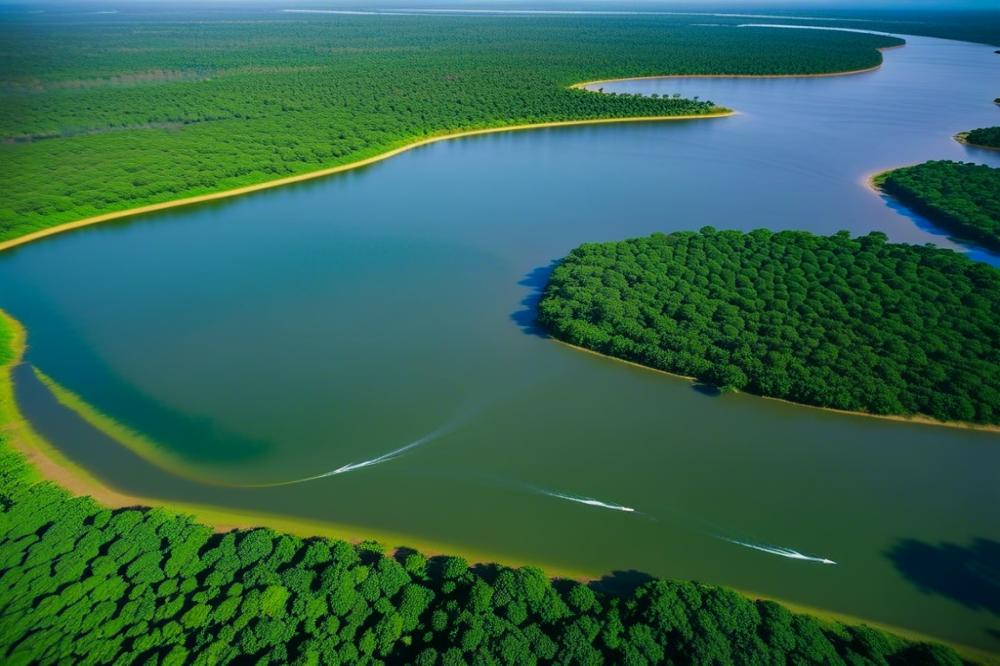
Overview of Ongoing Conservation Programs
Conservation programs in the Mekong Basin aim to protect the endangered species that live within its waters. Organizations work to restore habitats vital for the survival of aquatic mammals, including freshwater dolphins. These initiatives often combine scientific research with community involvement. Regular monitoring of dolphin populations helps track their health and numbers. Innovative methods, like using drones, assist in gathering data about habitats and behavior. Protection efforts also focus on reducing pollution and destructive fishing practices that threaten river ecosystems.
Role of Local Communities
Local communities play a critical part in protecting these unique dolphins. Traditional fishing communities often have valuable knowledge about the river and its wildlife. Many people are turning their experiences into opportunities for conservation by participating in awareness programs. Educational workshops teach families about the importance of biodiversity and how to live sustainably with the environment. When locals understand the ecosystem, they become motivated to protect it. Collaborative efforts with NGOs often empower these communities, giving them a stake in conservation.
Impact of Wildlife Tourism on Conservation Awareness
Wildlife tourism has a significant effect on conservation efforts in the Mekong area. Many visitors come to see the Irrawaddy dolphins, bringing much-needed funding for conservation work. Tourists who engage with local guides learn about the challenges facing these aquatic mammals. This knowledge can spark a passion for protecting river ecosystems. When tourists prioritize responsible travel, they contribute to the local economy and support conservation projects. Positive experiences shared by travelers often lead to increased awareness and advocacy for marine conservation efforts.
Biodiversity in the Mekong River
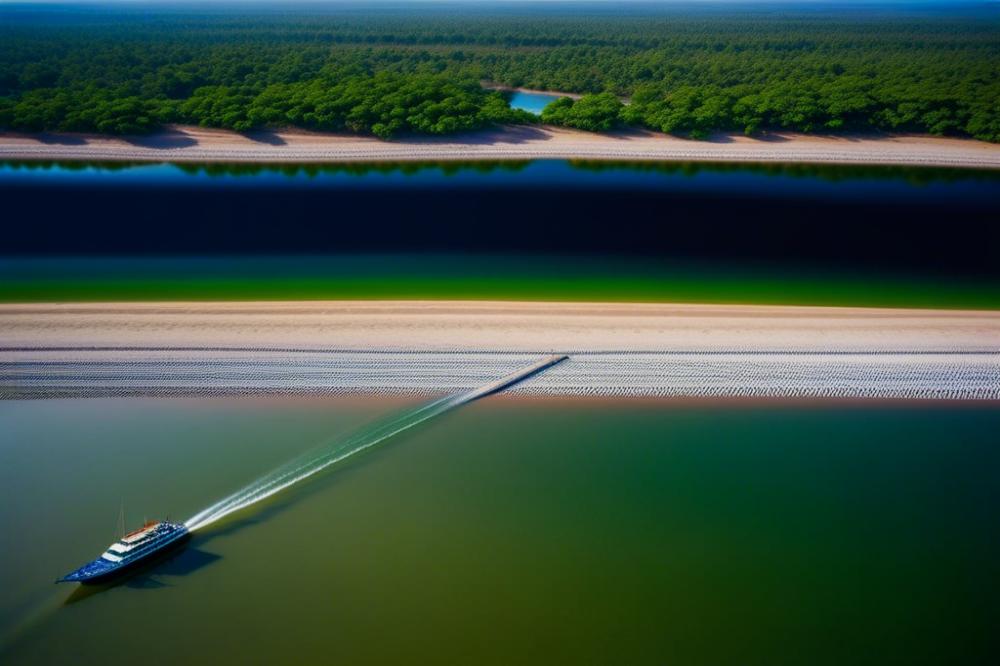
The Mekong River is a vibrant ecosystem filled with an incredible variety of life. This biodiversity is vital for maintaining healthy habitats and supporting numerous species. Among these, the Irrawaddy Dolphin serves as a notable example of a freshwater dolphin that struggles for survival due to habitat loss and environmental changes.
The river is home to other aquatic mammals as well. Notably, there are species such as the critically endangered Mekong giant catfish and the elusive river turtle. Various fish species thrive in these waters, contributing to the richness of this freshwater environment. Each organism plays a role in the overall health of the river ecosystem. This interconnected relationship makes the biodiversity of the Mekong increasingly important.
River ecosystems provide significant services for local wildlife and communities. They offer food, shelter, and breeding grounds for countless species. Additionally, these environments support local fisheries, which provide livelihood opportunities for many people. Wildlife tourism also benefits from the rich array of animals found in the Mekong Basin, drawing visitors from around the world who wish to see such rare species.
Conservation efforts are crucial for protecting both the Irrawaddy Dolphins and their habitat. These initiatives can create awareness about endangered species and lead to better policies. Effective marine conservation strategies are necessary to address threats like pollution and overfishing. Ultimately, the health of the Mekong influences the well-being of both its wildlife and human populations.
Experiencing Irrawaddy Dolphins in Cambodia
Best locations for sightings along the Mekong River
The Mekong River is home to an incredible variety of life, including the endangered freshwater dolphins. One of the best spots for viewing these aquatic mammals is in the Kratie province. Here, visitors can take boat tours that offer a good chance of seeing the dolphins in their natural habitat. Near the village of Kampi, tours are popular, as they frequently provide sightings of these magnificent creatures. Beyond Kratie, other areas like Stung Treng also offer opportunities to observe them in the wild.
The Mekong Basin houses important river ecosystems. These ecosystems support not only the dolphins but also a wealth of biodiversity. When visiting, it’s essential to choose the right time for sightings. Early morning or late afternoon often proves most rewarding. The dolphins are more active during these cooler parts of the day.
Tips for ethical wildlife tourism experiences
Wildlife tourism can have a positive impact when done responsibly. First, choose companies that prioritize the wellbeing of the dolphins and respect their environment. Avoid boats that chase or overcrowd sightings, as this behavior can stress these animals. Viewing from a respectful distance helps maintain a peaceful experience for both tourists and wildlife.
Also, avoid littering and pollution. The Mekong is a vital waterway for many species. Protecting the river’s health contributes to the conservation of the entire ecosystem. Visitors should also educate themselves about the importance of these dolphins and their role in the habitat. Awareness often leads to a greater appreciation and commitment to conservation efforts.
Cultural perspectives on Irrawaddy Dolphins in local communities
Local communities view these aquatic mammals with great respect and admiration. Many believe they hold spiritual significance and see them as symbols of luck. These beliefs often shape how communities interact with the dolphins and their environment. Fishermen sometimes share stories of dolphin sightings with tourists, creating a bond between visitors and locals.
Additionally, conservation initiatives in Cambodia often emphasize the importance of preserving these species. Local people benefit from ecotourism, which helps raise awareness about the need for protection of their natural resources. By engaging communities, tourism can promote better practices that help conservation.
Understanding the local culture adds depth to the experience. Tourists can engage in conversations about the challenges the dolphins face, like habitat loss and climate change. This knowledge fosters respect and encourages responsible behavior while visiting the region.
Final Thoughts on Irrawaddy Dolphins and Their Future
The presence of Irrawaddy dolphins in the Mekong River highlights the need for urgent conservation efforts. As an endangered species, these magnificent creatures face threats from habitat loss and pollution. Protecting their environment is crucial not just for the dolphins themselves, but also for the overall health of the ecosystem. Every action counts in the fight to preserve their existence.
Responsible tourism can play a significant role in safeguarding these aquatic mammals. Visitors can contribute by choosing eco-friendly tours that prioritize the well-being of wildlife. Engaging with local communities can also help raise awareness about the delicate balance of the river’s ecosystem. Travelers should remember that their experience can either harm or help the dolphins.
Cambodia offers incredible adventures for those seeking to encounter these beautiful animals. From boat tours along the Mekong to guided visits in nearby conservation areas, every trip provides a chance to witness nature at its finest. The allure of the Irrawaddy dolphins captivates many travelers, promising memories that last a lifetime.
In summary, the journey to understand and protect the Irrawaddy dolphins is essential. Their survival depends on collective efforts in conservation. By making informed choices, everyone can help preserve these enchanting creatures for future generations. Think about the positive impact your travels could have. The Mekong awaits with wonders and opportunities to connect with nature.

